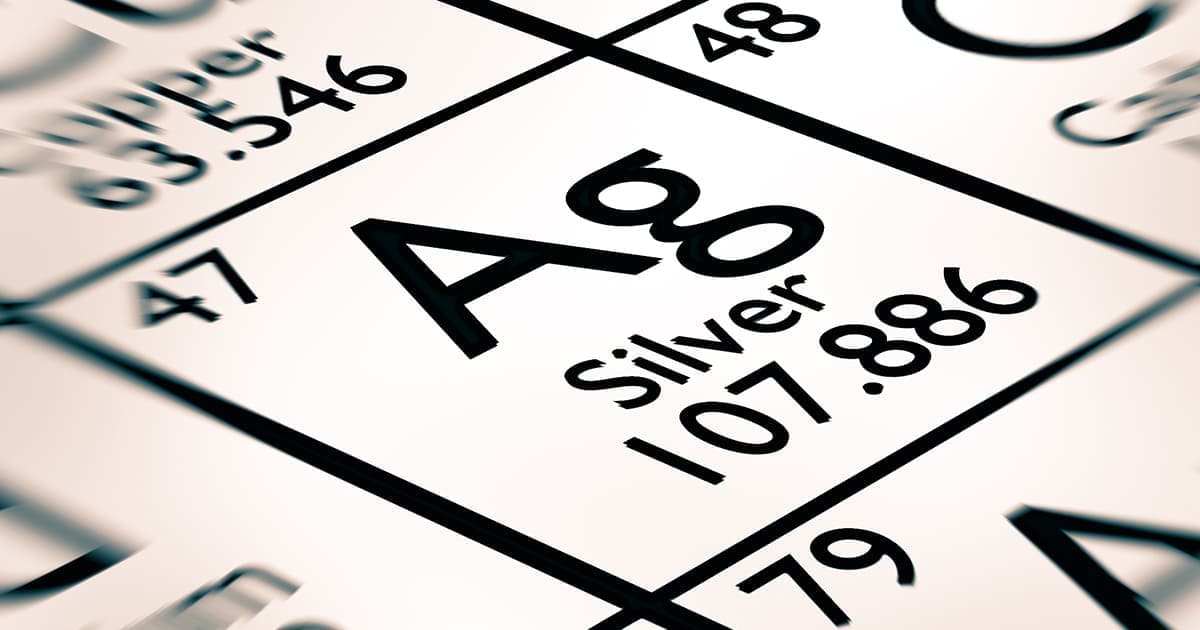
Silver From a Scientific and Historic Perspective
Gold exists in the earth’s crust at five parts per billion; Silver is present at 15 times that. Silver appears to be in abundance, but demand is rising while production is slowing.
Humans have been extracting Silver for jewelry and coins as early as 3000 B.C. No one knows who discovered Silver, but it was German physicist Johann Heinrich Schultze who used Silver nitrate to invent photography in 1727. Since then, the lustrous Silver element has become even more precious as science and technology have discovered more and more uses.
In fact, Silver is an industrial powerhouse resource. Of all the earth’s elements, Silver is the best heat and electricity conductor and reflector of light. It also has antimicrobial properties. The many Silver uses include:
- Making mirrors, batteries and electronics, among other things
- Being woven into fabrics to prevent bacteria from building up
- Increasing the efficacy of pharmaceuticals
- Purifying water in third-world countries and hospitals
THE SCIENCE OF SILVER
The Silver periodic table placement is located in period 5 (horizontal row) and family 11 (vertical column). Elements are grouped according to electronic structure. While periods do not indicate similarities, families do.
Silver is in the coinage metal family along with Gold, Copper and Roentgenium. Shared properties include being inert, corrosion-resistant metals with low electrical resistivity. Copper is the cheapest of these while Silver is the most effective.
SILVER ELEMENT PROPERTIES
- The symbol for Silver is Ag. The Silver symbol “Ag” comes from the Latin word for Silver, Argentum.
- The Silver atomic number is 47, which is the number of protons (positively charged particles) in the nucleus.
- The molar mass of Silver is 107.8682 g/mol.
- The melting point of Silver is 1,763°F. That’s about a quarter of Tungsten, which has the highest melting point of all metals at 6,192°F.
- The density of Silver at room temperature is 10.49g/cm3. In its pure form, it is too soft for jewelry and tableware, so most of these products are a sterling Silver alloy (a combination that is 92.5 percent Silver plus another metal). Silver density decreases after melting to 9.32g/ cm3.
FUN AND INTERESTING FACTS ABOUT SILVER
- Most Silver is produced as a byproduct. Roughly 70 percent of the Ag element is extracted while mining for other elements like Gold, Copper, Zinc and Lead.
- Argentina is named for Argentum, the Latin word for Silver. Argentina is the world’s 10th largest producer of Silver.
- Silver is one of the few English words that are hard to rhyme.
- Silver has been used as coinage for thousands of years. It is so synonymous with money that “Silver” and “money” are the same word in more than a dozen languages.
Learn more about the current and historic Silver price.





